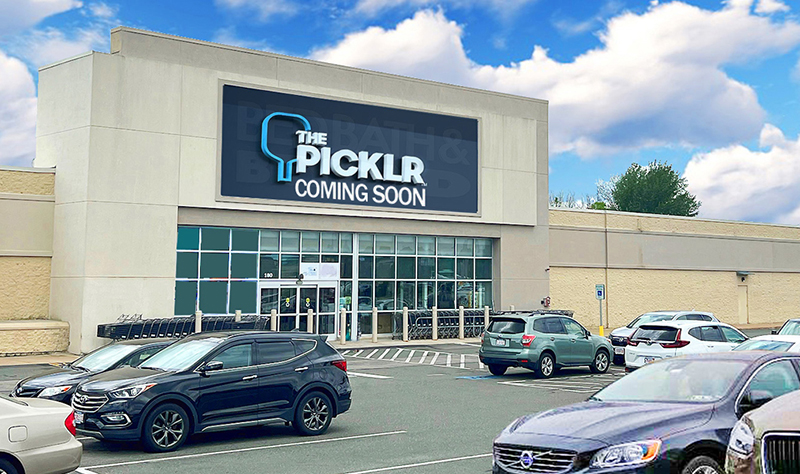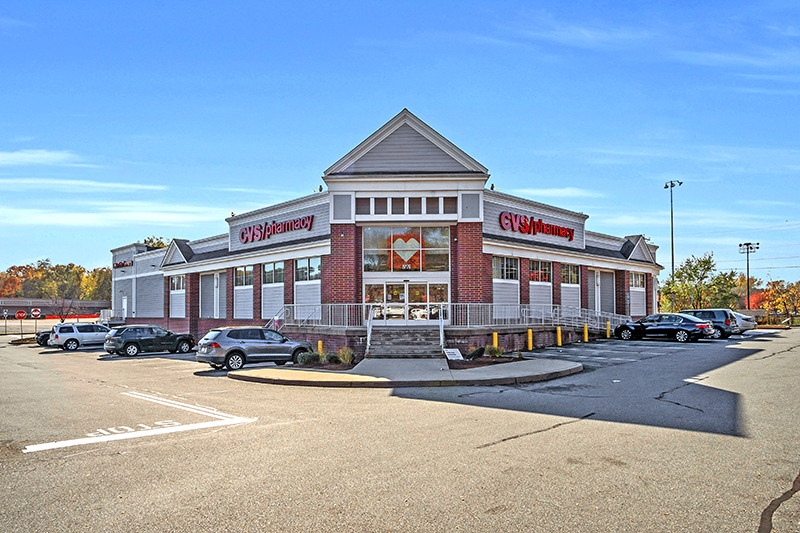News: Retail
Posted: January 27, 2011
Understanding the importance of natural systems - Old school is the new school for 2011
Each November, the collective design profession attends the Build Boston exposition, for presentations of new technology, building products, and continuing education credit seminars. This year's "Green Street Programs," was a popular class. This initiative is an expansion of LID (low impact development) currently being implemented, as "rain gardens" for localized storm water infiltration to clean and recharge the ground water table. The Green Street's engineering solutions for taking the street storm water off the curb, thru planting beds is complicated but should work with additional municipal maintenance. The increased lag time in peak storm events will help filter the water thru the plant pit medium, which is finally transferred (piped) to LID areas on the periphery of the urban street zone. So far the civil engineering is quite straightforward.
The real obstacle to the entire success of this program is to "grow" street trees, shrubs, perennials, in a much more difficult environment. The introduction of road salt, grease, and oil laden storm water into the planter is a serious concern. Soluble salt incorporated into loam, when heated (summer), results in collapse of the micro air spaces (required for plant systems), essentially suffocating the plant. After considerable research the final plant selection for these "new Green Street plant beds" appeared to be limited to a to a single tree species. Only time and much more additional experimental "plant/salt" testing will allow the practicing design professional to include these materials in our work.
"Landscape Urbanism" is the hot new approach to planning/design being debated in academia. A tug of war between "New Urbanism" in our current / future planning efforts and LU has just begun. For well over a decade, New Urbanism created it's own contextual nature. NU design, delivers human scale, interesting programming, town like massing, traditional building materials, street furniture, and increased green space developing a real "sense of place." Criticized as the "Disneynification" of America.
LU introduces the existing underlying natural systems as the primary organizing element in the plan. Decades of planning have utilized a "natural systems" theory as the underlying historical evidence of built environments. LU seeks to spot light the natural systems as the dominant planning element. LU is now transitioning from concept to physical built form. Poetic whimsy stimulates the visual appeal. Park planning appears to be the testing ground. Boston will soon have an institutional example of this design imitative but until then conceptual, finished projects and philosophy by worldwide players can be studied. Just "Google" landscape urbanism, and dig in. This is the new school.
Old school practicing landscape architects cut their teeth on the landmark book "Design with Nature" by Ian McHarg in 1969. Simply put, natural systems, of ocean edge, rivers, steams, forest, field, topography, implied the nature of planned man made environments, developing transportation, industries, town centers, shopping centers, and residential districts, for increasing populations. Understanding the importance of natural systems is real old school.
So for 2011; Dirt! Yes dirt is the real cutting edge. From Boston's decade long "Rose Kennedy Greenway," to New York's elevated pedestrian park the "High Line,"both of these highly acclaimed urban parks, dirt plays a major (unseen) role. The greatest portion the public's experience of these special "spaces for people" is the abundant and diverse plant materials. These plants provide visual delight and improved microclimates.
WFA became involved with soil science from our early investigations of existing shopping centers over 20 years ago. Dirt, soil, (or loam and sub grade), strata are not only necessary for initial growth, but over the lifetime of the project to insure their vigor thru to maturity. Proper composition of soil components reduces maintenance, by the increased amount of moisture held for plant consumption, and at the same time allows for proper drainage to prevent root problems.
Our clients are now going back to existing centers to renovate / update the programming while altering the landscape. Standing vegetation on our sites gives insight and opportunity to reestablishing the growing medium and native context. Stripping, stockpiling and screening onsite loam as well as the relocation of plant groups is old school. So for 2011 old school is the new school!
William Fleming is a principal at William Fleming Associates, Inc., Stoneham, Mass.
Tags:
Retail
MORE FROM Retail
Mace of KeyPoint Partners negotiates 36,192 s/f lease for The Picklr at Endicott Square
Danvers, MA KeyPoint Partners (KPP) negotiated a lease with the nation’s premier indoor pickleball venue The Picklr at Endicott Sq. Vice president of retail brokerage Don Mace negotiated the transaction on behalf of the landlord.





.jpg)


.png)